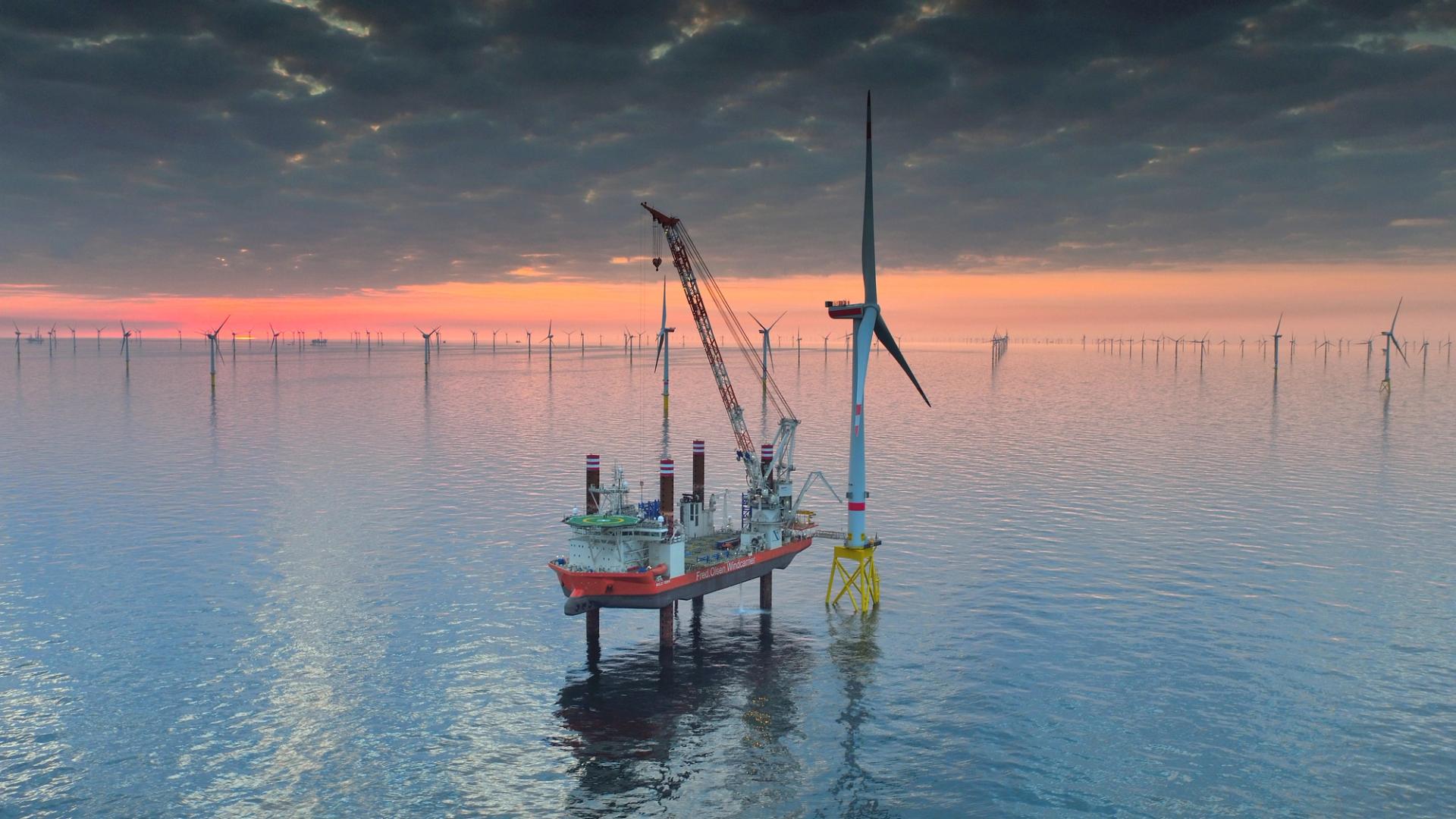Around the world with Team Norway: seizing the day in the North Sea Basin

“The North Sea Basin is Norway’s home market for offshore wind. We will be a huge player going forward,” states Erik Rindvoll, Special Advisor for Offshore Wind in Denmark at Innovation Norway. Rindvoll is also Project Lead of Innovation Norway’s high potential opportunity (HPO) programme on the North Sea Basin.
In 2022, the Norwegian government launched a major offshore wind export initiative. Two years later, in April 2024, Norway awarded its first area for offshore wind production at Sørlige Nordsjø II in the Southern Norwegian North Sea.
Well-functioning, competitive market
The North Sea Basin is a mature market for offshore wind, mainly bottom-fixed. Excluding China, all the major global offshore wind players are active in the region. Two-thirds of all major OEMs are here, as are all the large wind farm developers.
“Norway is a latecomer to the offshore wind market in the North Sea Basin. Although it’s a highly competitive market, there’s still room for more Norwegian companies to enter,” says Rindvoll.
Norway has a complete value chain in offshore wind and excels in the areas of maritime operations, cables, foundations, geosurvey, SCADA, sensors, subsea and substations, to name a few. (See the non-exhaustive list of companies active in the region below.)
“I’m convinced that the quality, knowledge and innovation that Norway brings to the table will benefit the entire basin.”
Erik Rindvoll
Special Advisor for Offshore Wind in Denmark at Innovation Norway
World leader in floating offshore wind
Floating wind is gaining ground in the North Sea Basin as an option for deep waters. Norway is the pioneer of floating wind, and Norwegian expertise built the world’s first floating wind farm, Hywind Scotland, as well as Hywind Tampen, the world’s largest floating wind farm.
In addition, Norway is home to the Marine Energy Test Centre (METCentre), the only centre for testing floating wind turbines in the North Sea. It was here where the world’s first floating wind turbine was built and tested.
“The North Sea Basin needs more floating wind to fulfil ambitions, and the region will provide more than enough business opportunities in the years to come,” says Rindvoll.
 GeoProvider uses data mining to reduce offshore wind costsGeoProvider provides subsurface risk management for offshore wind, lowering the cost of offshore wind projects while boosting safety for humans and the environment. “GeoProvider is a pioneer in data processing for offshore wind, enabling the expansion of this crucial industry,” says Wim Lekens, CTO of GeoProvider.
GeoProvider uses data mining to reduce offshore wind costsGeoProvider provides subsurface risk management for offshore wind, lowering the cost of offshore wind projects while boosting safety for humans and the environment. “GeoProvider is a pioneer in data processing for offshore wind, enabling the expansion of this crucial industry,” says Wim Lekens, CTO of GeoProvider. Cranemaster ensures safe and efficient installation of offshore wind farmsCranemaster protects cranes, equipment and personnel from excessive loads in demanding offshore conditions, making lifting operations safer and easier.
Cranemaster ensures safe and efficient installation of offshore wind farmsCranemaster protects cranes, equipment and personnel from excessive loads in demanding offshore conditions, making lifting operations safer and easier.
If floating wind is to be viable, costs must come down a lot. This will require innovation.
“I’m convinced that the quality, knowledge and innovation that Norway brings to the table will benefit the entire basin. It should be in everyone’s interest to open up the market to more Norwegian products and services,” he points out.

Collaboration boosts innovation
Around the world, Norway is known as an excellent collaborative partner.
On 24 April 2023, Norway and eight other European countries signed the Ostend Declaration, a joint agreement to increase electricity production from offshore wind farms in the North Sea. The other signatories are Belgium, Denmark, France, Germany, Ireland, Luxembourg, the Netherlands and the UK.
Notably, the agreement combines industry activity with government support, and pledges to protect the North Sea marine environment.
“The Ostend Declaration is the essence of Norway’s offshore wind efforts in the North Sea,” states Rindvoll.
In the declaration, Norway’s stated aim is to establish at least 3 GW of offshore wind by 2030, including 1.5 GW of floating wind, and award areas suitable for 30 GW offshore wind production by 2040. This will help to achieve Europe’s bigger objectives: to generate 120 GW of electricity from offshore wind in the North Sea by 2030 and 300 GW by 2050.
“Norwegian industry is used to cooperation. We tend to trust each other, and we are known for delivering what we say we will deliver. This makes us more innovative because we share ideas and trust our partners,” concludes Rindvoll.

